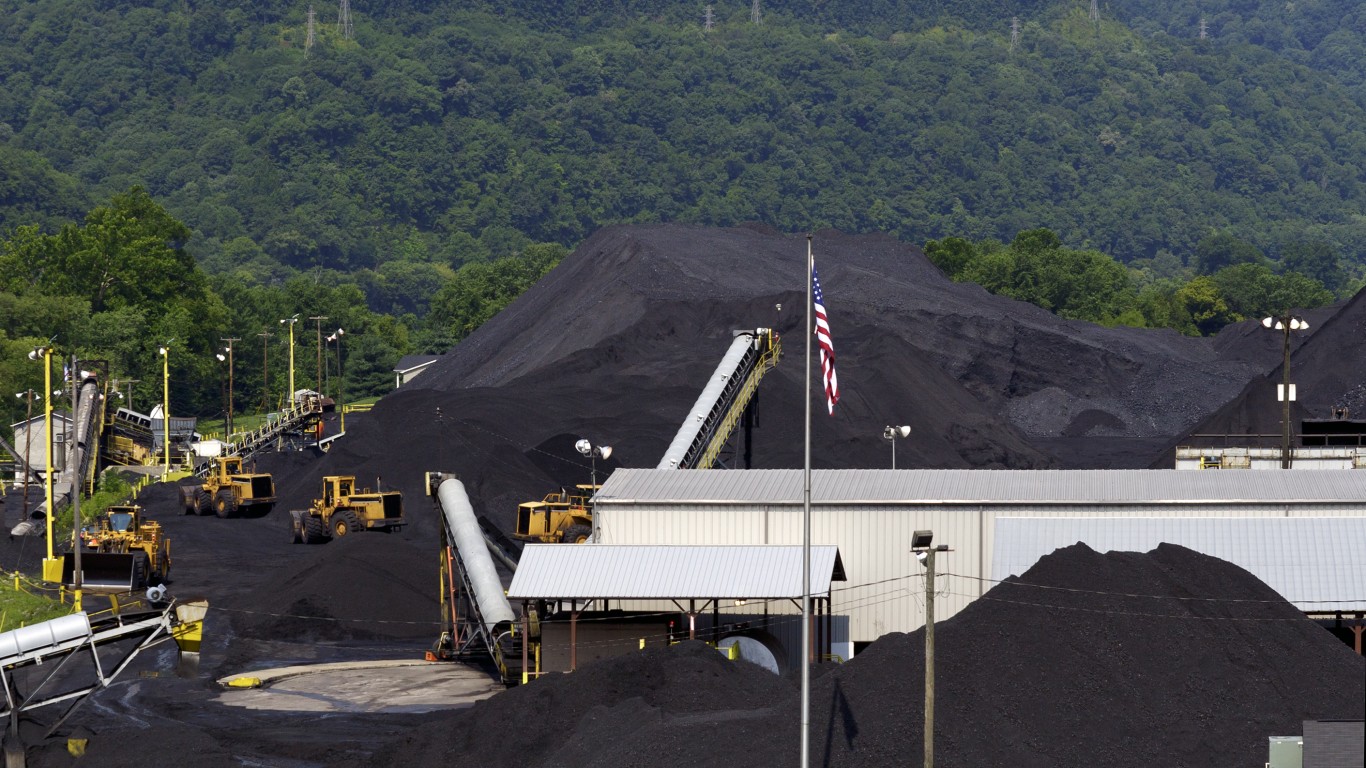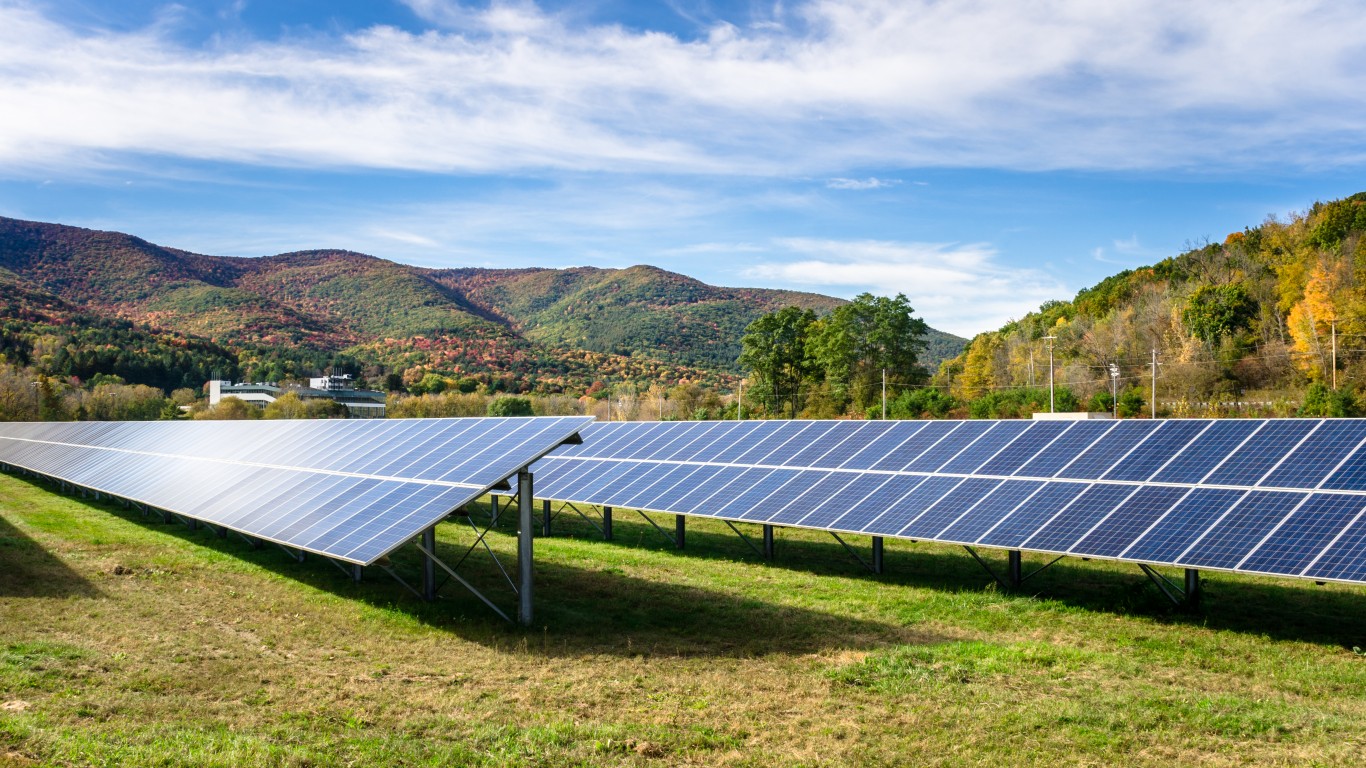 The U.S. Energy Information Administration (EIA) unit issued its new estimates of global shale oil and gas deposits. The document’s release was well covered. Not as highly commented on was the extent to which the data was revised upward from 2011. If this kind of upward revision continues year after year, the estimated employment opportunities from shale will become colossal — as if they are not already.
The U.S. Energy Information Administration (EIA) unit issued its new estimates of global shale oil and gas deposits. The document’s release was well covered. Not as highly commented on was the extent to which the data was revised upward from 2011. If this kind of upward revision continues year after year, the estimated employment opportunities from shale will become colossal — as if they are not already.
The EIA reported that the number of share formations it could count around the world rose from 69 in 2011 to 137. Total billions of barrels of oil moved upward from 32 billion barrels to 345 billion. The specific reasons that the EIA updated its 2011 report so rapidly. The U.S. revision upward was similarly positive:
There were two reasons for pursuing an updated assessment of shale resources so soon after the prior report. First, geologic research and well drilling results not available for use in the 2011 report allow for a more informed evaluation of the shale formations covered in that report as well as other shale formations that it did not assess. Second, while the 2011 report focused exclusively on natural gas, recent developments in the United States highlight the role of shale formations and other tight plays as sources of crude oil, lease condensates, and a variety of liquids processed from wet natural gas.
The number of jobs the economy could add in the United States is obviously not one-for-one to the potential barrels. Estimates for another yield from share deposits — natural gas — run as high as 800,000 over next four years. It is hard, if not impossible, to extrapolate job growth based on rising deposits. Suffice it to say that the possible job count runs into the seven figures. That should be enough to offset much of the six figure per month job losses during the depths of the recession.
Of course, there are two limits to shale employment. The first is the chance the federal government or state governments will put severe limits on fracking. The second is that the jobs that are created may be in sections of the country that many people do not consider ideal places to live — in the northern Plains states and parts of the Rockies. However, if there is a rule in terms of job formation, it is that many people without work often will migrate to places these jobs are available.
Shale-based jobs have probably been underestimated in the past year or two, because shale deposits have been. As the EIA’s detection ability improves, so does the probable job yield.
Get Ready To Retire (Sponsored)
Start by taking a quick retirement quiz from SmartAsset that will match you with up to 3 financial advisors that serve your area and beyond in 5 minutes, or less.
Each advisor has been vetted by SmartAsset and is held to a fiduciary standard to act in your best interests.
Here’s how it works:
1. Answer SmartAsset advisor match quiz
2. Review your pre-screened matches at your leisure. Check out the advisors’ profiles.
3. Speak with advisors at no cost to you. Have an introductory call on the phone or introduction in person and choose whom to work with in the future
Get started right here.
Thank you for reading! Have some feedback for us?
Contact the 24/7 Wall St. editorial team.



